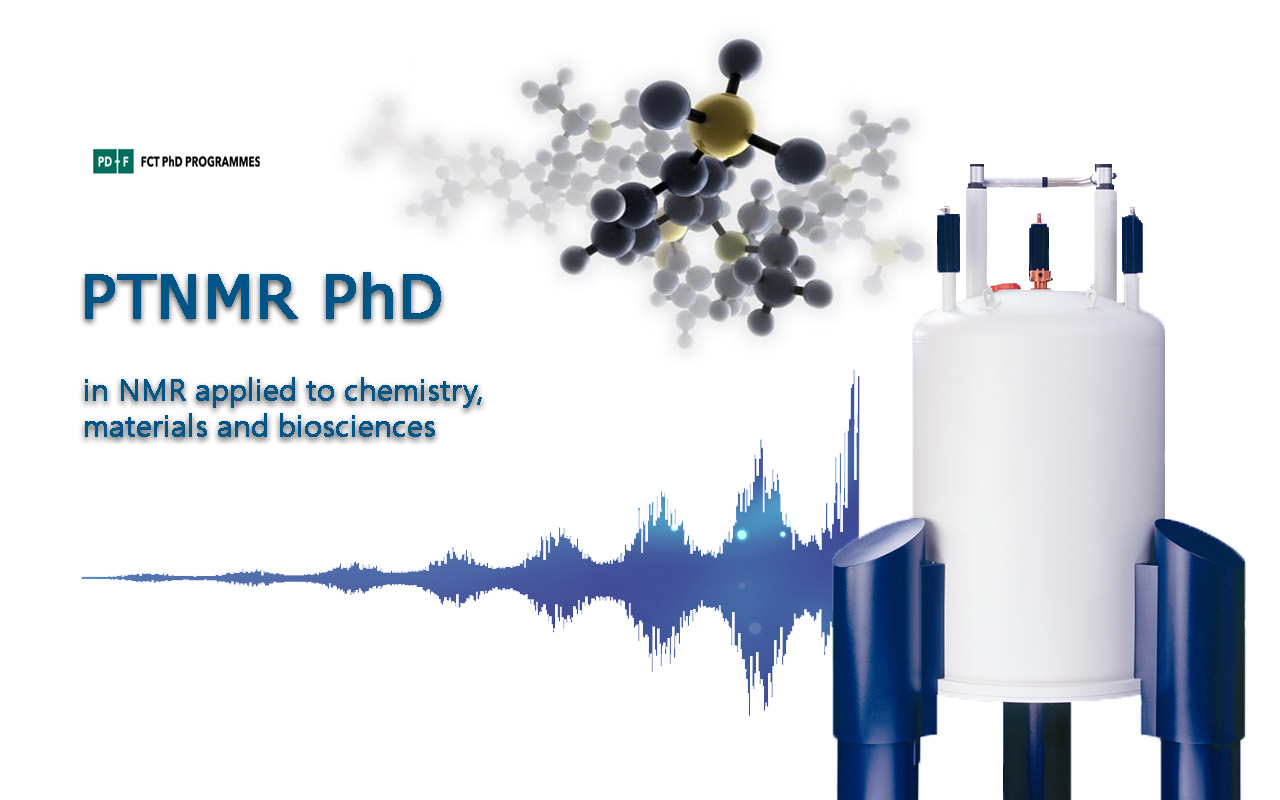Research Project 9 (2018) - Details
Title: Structural insights into recognition and signaling of the Siglec-9 and -15 immunomodulatory receptors
Detailed Description
A key function of the immune system is to distinguish self to nonself-antigens. In this context, the sialic acid binding immunoglobulin like lectin (Siglec) family recognize the normal terminal sialic acid sugar at the cell-surface glycans regulating the immune system response. Aberrations of sialic-siglec axis strongly correlate with autoimmunity diseases and cancer.
Cancer cells coat themselves with sialic acids to hide from the immune system. Noteworthy, presentation of sialic acids in cancer cells is distinct than in normal glycans. In normal cells, the sialic acid is presented as a terminal sugar in complex cell-surface glycans. In cancer, abnormal glycosylation yield the formation of short tumour glycan antigens decorated with sialic acids.
This research proposal will exploit the molecular interactions that govern sialic acid recognition by siglecs. Siglecs 9 and 15 were clearly identified to contribute to tumour growth and immune invasion. Mucin-derived glycopeptides encoding sialylated tumour antigens STn, 2,3ST and 2,6ST will be engaged on the study, together with fragments of extended sialic glycans commonly present in normal cells.
This PhD proposal synergically benefits from the concerted use of applying advanced NMR techniques in combination with biophysical and computational protocols, sustained by chemical synthesis and molecular biology methods.
The main objectives of the PhD proposal are:
a) To dissect the fine specificity of Siglec-9 and 15 towards tumour and normal sialic-containing structures by solution NMR and molecular dynamics
b) To unveil the protein dynamics of the Siglec-9 and 15 upon recognition tumour and normal sialic-containing structures.
c) To develop a structural cell-based approach to decipher siglec-acid sialic interactions.
In particular this PhD proposal will allow to the student to be educated in an international scientific atmosphere with opportunity to participate in multidisciplinary teams and to collaborate with different researchers in distinct fields. All the structural and functional results from the project will be disseminated to the scientific community and to the Society. The student will have the opportunity to attend to national and international conferences as well as in public engagement activities.

